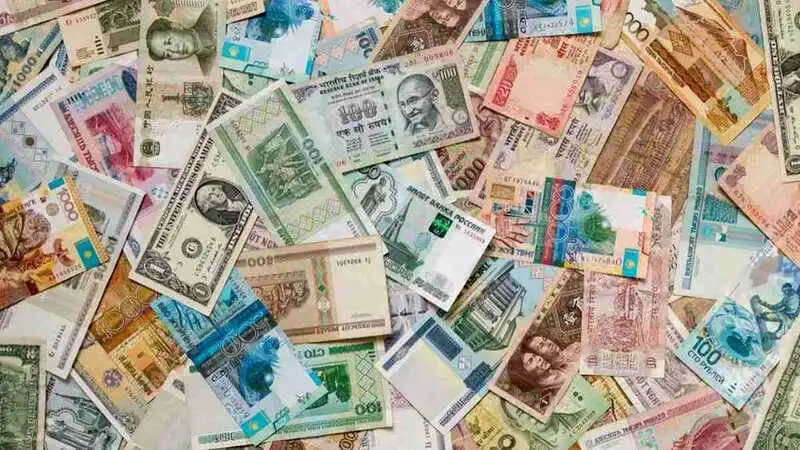If you are looking for some of the cheapest currencies in the world, you might be interested in this list of the top 10. These currencies have very low exchange rates compared to the US dollar or the euro, which means you can get a lot of them for a small amount of money. However, this also means that these countries have low purchasing power and often face economic challenges. Here are the top 10 cheapest currencies in the world as of July 2023:
10. Burundian Franc (BIF)
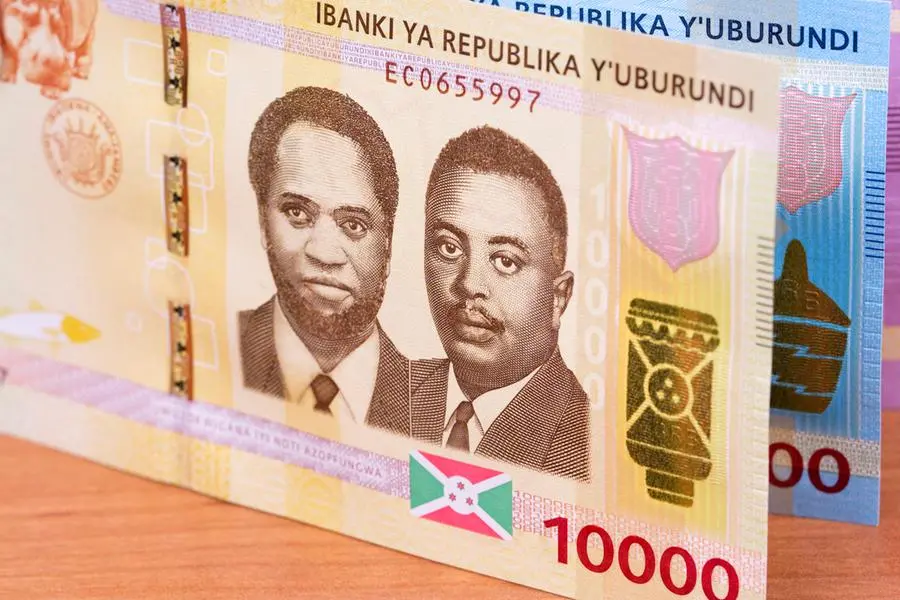
One US dollar is worth about 2,000 BIF, making it one of the cheapest currencies in the world. The Burundian franc is the official currency of Burundi, a landlocked country in East Africa. The currency was introduced in 1964, replacing the East African shilling. Burundi has been struggling with political instability, poverty, and inflation for decades, which have affected its currency value.
9. Cambodian Riel (KHR)
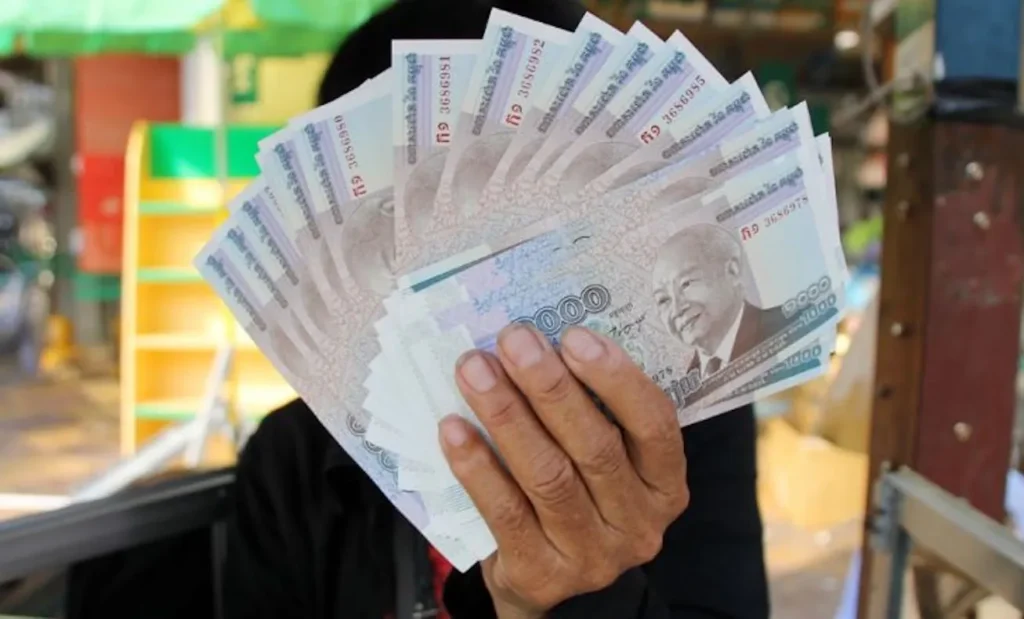
One US dollar is worth about 4,000 KHR, making it the second cheapest currency in Asia. The Cambodian riel is the official currency of Cambodia, a Southeast Asian country with a rich cultural heritage. The currency was reintroduced in 1980, after being abolished by the Khmer Rouge regime. Cambodia has experienced rapid economic growth in recent years, but it still faces challenges such as corruption, inequality, and environmental degradation.
8. Paraguayan Guarani (PYG)
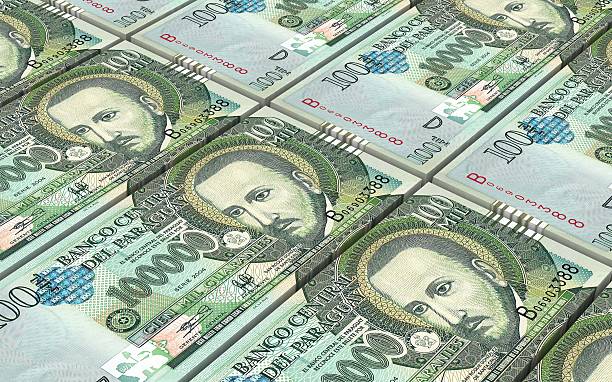
One US dollar is worth about 7,000 PYG, making it the cheapest currency in South America. The Paraguayan guarani is the official currency of Paraguay, a landlocked country in Central South America. The currency was introduced in 1944, replacing the peso. Paraguay has a largely agricultural economy, but it also has abundant natural resources such as hydroelectric power and minerals. However, it also suffers from high poverty, inequality, and social unrest.
7. Guinean Franc (GNF)
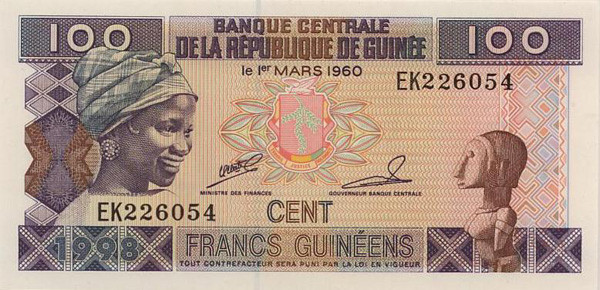
One US dollar is worth about 10,000 GNF, making it the cheapest currency in Africa. The Guinean franc is the official currency of Guinea, a West African country with rich natural resources such as bauxite, iron ore, and gold. The currency was introduced in 1959, replacing the French West African franc. Guinea has been plagued by political instability, corruption, and human rights violations for years, which have hampered its economic development.
6. Uzbekistani Som (UZS)
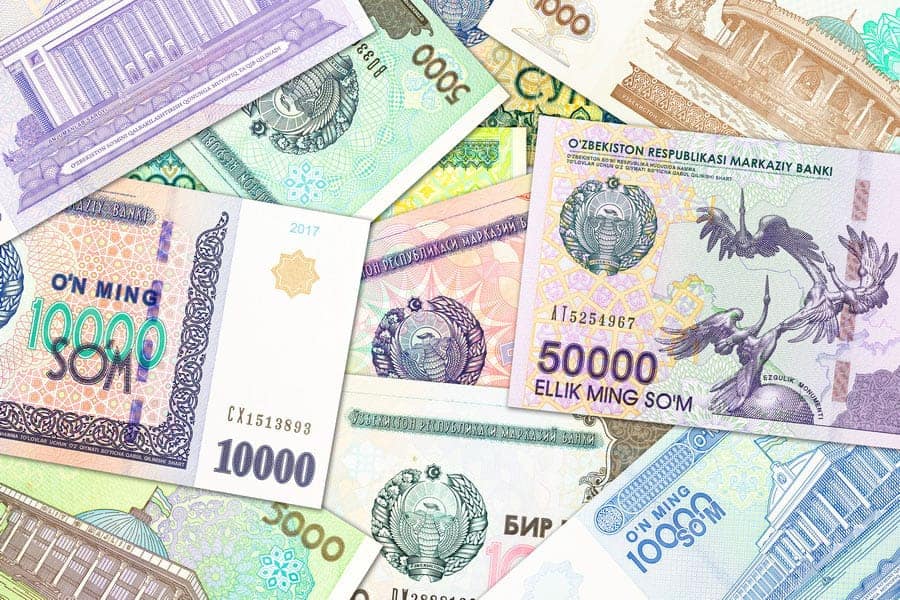
One US dollar is worth about 11,000 UZS, making it the third cheapest currency in Asia. The Uzbekistani som is the official currency of Uzbekistan, a Central Asian country with a long history and diverse culture. The currency was introduced in 1993, replacing the Soviet ruble. Uzbekistan has a mainly agricultural economy, but it also has large reserves of natural gas, oil, and gold. However, it also faces challenges such as authoritarianism, corruption, and environmental degradation.
5. Indonesian Rupiah (IDR)
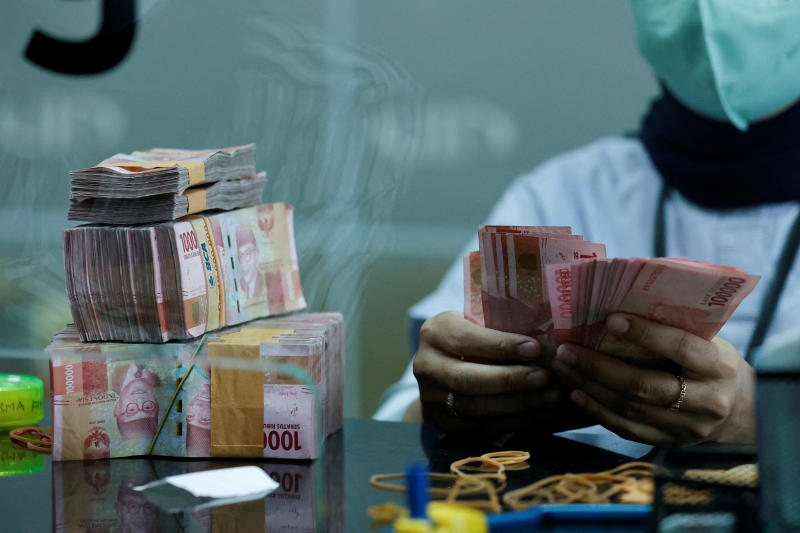
One US dollar is worth about 14,000 IDR, making it the fourth cheapest currency in Asia. The Indonesian rupiah is the official currency of Indonesia, a Southeast Asian country with more than 17,000 islands and over 270 million people. The currency was introduced in 1946, replacing the Dutch East Indies gulden. Indonesia has a diverse and dynamic economy, but it also faces challenges such as poverty, inequality, and natural disasters.
4. Lao or Laotian Kip (LAK)
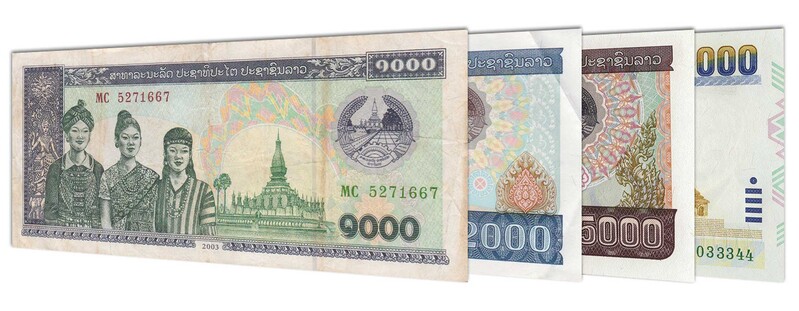
One US dollar is worth about 15,000 LAK, making it the fifth cheapest currency in Asia. The Lao or Laotian kip is the official currency of Laos, a landlocked country in Southeast Asia with a rich culture and natural beauty. The currency was introduced in 1952, replacing the French Indochinese piastre. Laos has a mainly rural economy based on agriculture and tourism but it also has potential for hydropower and mining development. However, it also suffers from poverty, isolation, and human rights violations.
3. Sierra Leonean Leone (SLL)
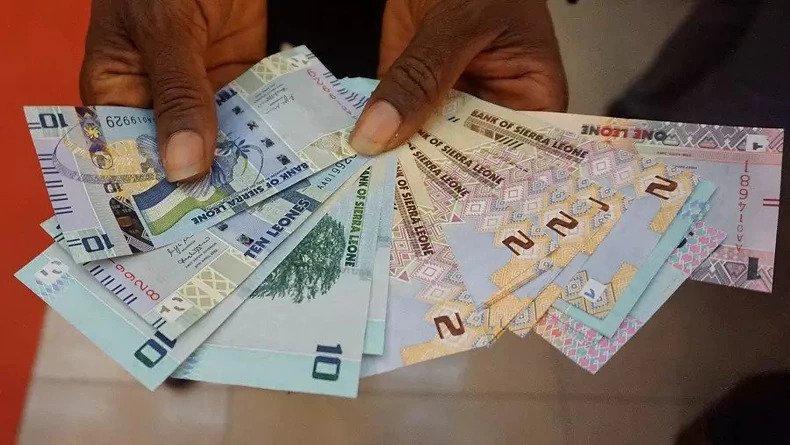
The Sierra Leonean Leone is the official currency of Sierra Leone, a West African country that has been recovering from a civil war and an Ebola outbreak. One US dollar is worth about 10,000 SLL, which makes it one of the lowest-valued currencies in the world. The Leone is subdivided into 100 cents, but these are rarely used due to inflation.
2. Vietnamese Dong (VND)
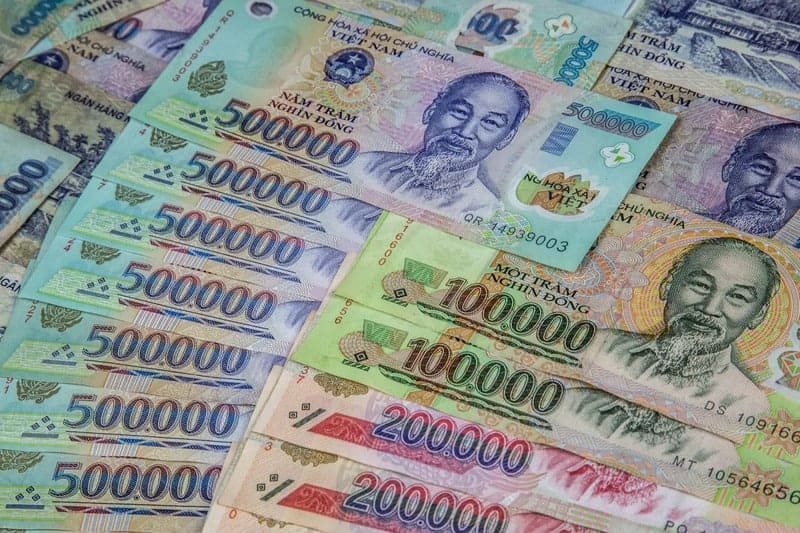
The Vietnamese Dong is the official currency of Vietnam, a Southeast Asian country that has experienced rapid economic growth in recent years. However, the Dong still remains one of the cheapest currencies in the world, with one US dollar being equivalent to about 23,000 VND. The Dong is subdivided into 10 hào and 100 xu, but these are no longer issued due to their low value.
1. Iranian Rial (IRR)
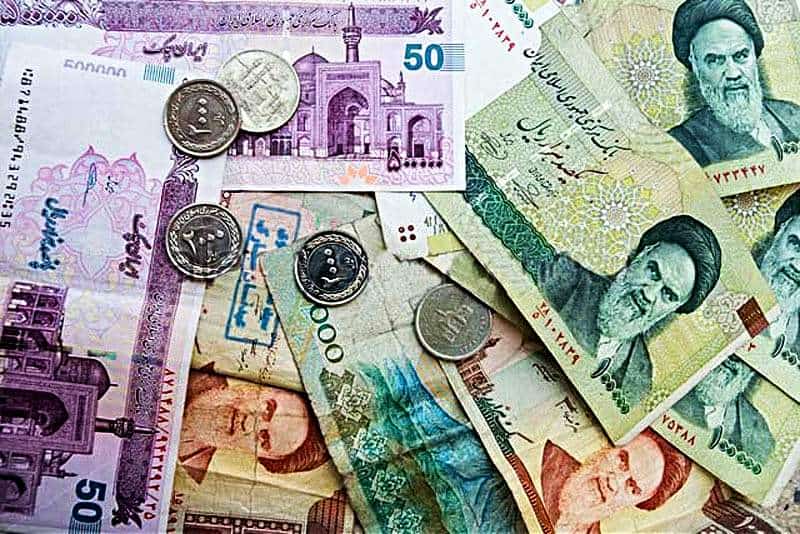
The Iranian Rial is the official currency of Iran, a Middle Eastern country that has been under US sanctions and facing political instability. The Rial has suffered from severe inflation and devaluation, making it one of the cheapest currencies in the world. One US dollar is worth about 42,000 IRR, but unofficial market rates can be much higher. The Rial is subdivided into 100 dinars, but these are not used in everyday transactions.
Venezuelan Bolívar Soberano (VES)
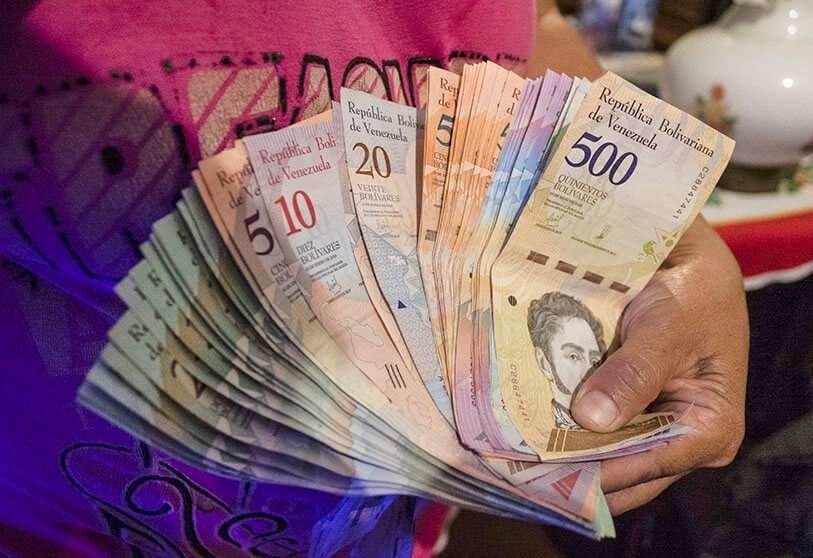
The Venezuelan Bolívar Soberano serves as the official currency of Venezuela, a South American country grappling with a humanitarian crisis and hyperinflation.
Unfortunately, the Bolívar Soberano stands as one of the world’s most devalued currencies.
As the country’s economy remains mired in a severe recession, inflation has reached unprecedented levels.
The currency’s future stability is highly uncertain, given the ongoing economic crisis.
There is a real risk that the Bolívar Soberano could eventually become entirely worthless if the situation persists.
Introduced in 2018, the Bolívar Soberano replaced the previous Bolívar Fuerte at a rate of 100,000 to 1.
Presently, the exchange rate hovers around 4 million VES to 1 USD, but this can drastically fluctuate due to black market forces.
The Bolívar Soberano is further divided into 100 céntimos, though these have become practically valueless.
These are the 10 cheapest currencies in the world as of August 2023.
While they might seem attractive for travelers who want to get more bang for their buck, they also reflect the economic hardships and challenges that these countries face.
Therefore, it is important to be respectful and aware of the local conditions when visiting these countries and using their currencies.
